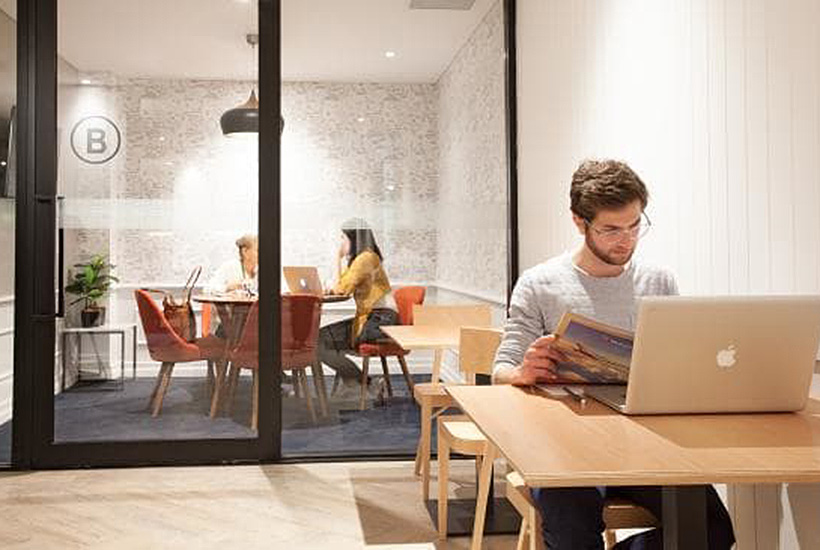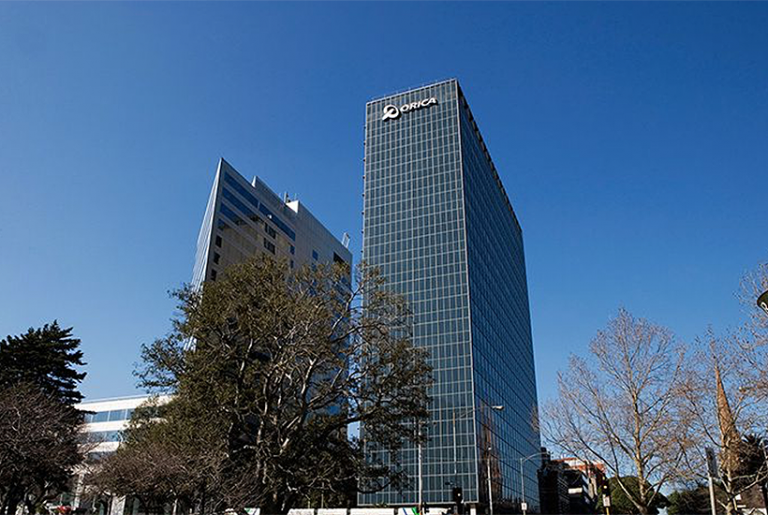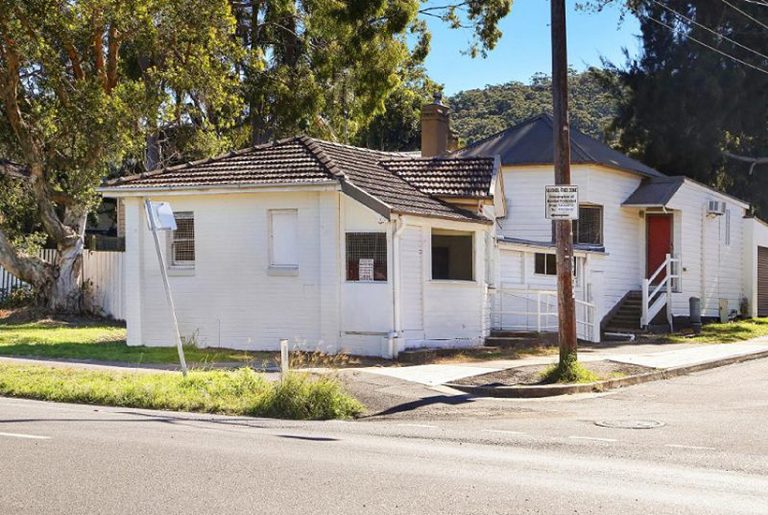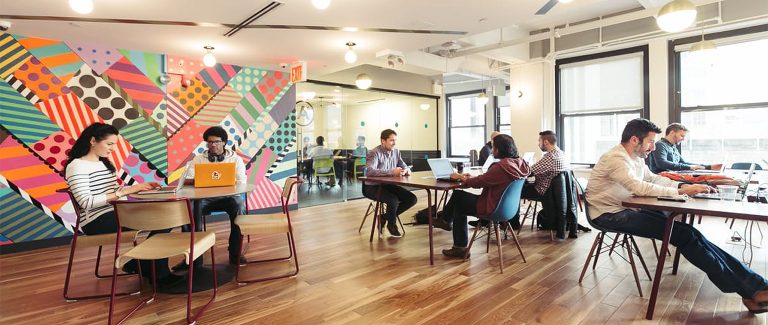Co-working to eat up traditional offices in droves

Traditional offices with a reception desk and waiting area are set to go the same way as video stores, according to Christie’s chief executive Rob Christie.
As the operator of six co-working spaces in Brisbane, Sydney and Melbourne, Mr Christie said “social change” was driving the rent-a-desk culture.
Figures from Knight Frank research show the number of shared working spaces increased almost 300 per cent from 2013 to 2017, to 309 nationwide.
Commercial Insights: Subscribe to receive the latest news and updates
The industry now occupies 193,190sqm across six capital cities, equivalent to 0.6% of all office stock.
Among the biggest operators are the American-owned WeWork, Brad Krauskopf’s Hub Australia and tech incubator Fishburners.
In Brisbane, Christie boasts the largest co-working space in the nation with his 320 Adelaide St building offering in excess of 23,000sqm, or 4500 desks.
He says the concept reflects what is happening in society, with technology allowing people to conduct business almost anywhere at anytime.

Hub Southern Cross has space for 700 co-workers.
“The nature of office space for anyone has changed,” Christie says. “The idea of all these little pods where you sit at a desk all day — there’s fewer and fewer people doing that because things like laptops have eliminated the need.”
He says Christie’s co-working spaces provide a variety of products such as open offices, private rooms and breakout areas, for people who did not want to be tied down to a lease.
In Brisbane, the cost worked out to between $700 and $750 per person a month, and included use of the space, meeting room hours, very high-speed internet and tea and coffee.
There were also plans to add a yoga room for co-workers’ use.
“The average co-work space is four people but that’s not our experience at all,” Christie said.
“They’re often start-ups and smaller businesses but there are also larger ones. Our largest occupant has over 350 desks.”
A recent survey commissioned by JLL Property Group found the number of freelancers in Australia was 3.7 million, or 30% of the workforce, with the figure expected to rise significantly by 2020.
Christie says he would be surprised if the “traditional office with a reception desk, visitors chairs and people sitting out the back” would even exist in five to 10 years.
“As a principle that doesn’t work,” he says. “There’s a gravitation to change, which is communal, it’s about co-work and collaborative spaces with a sense of community.”
This article originally appeared on www.theaustralian.com.au/property.







